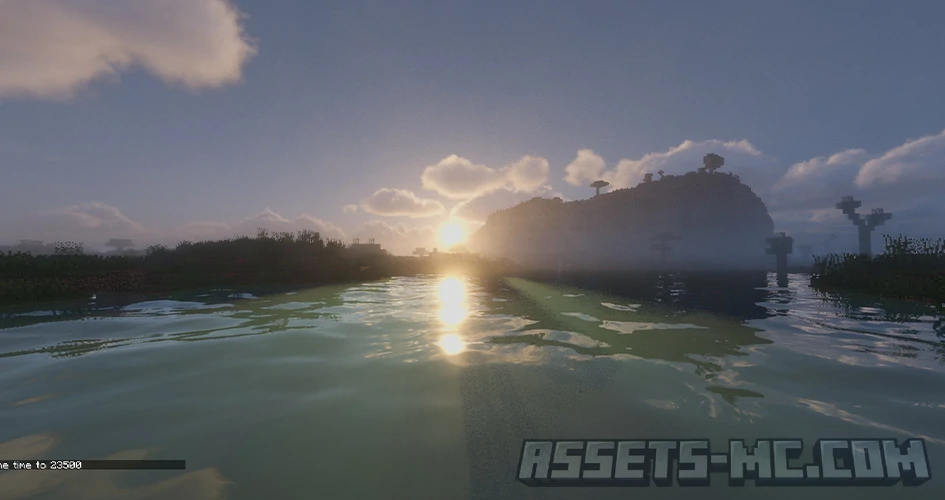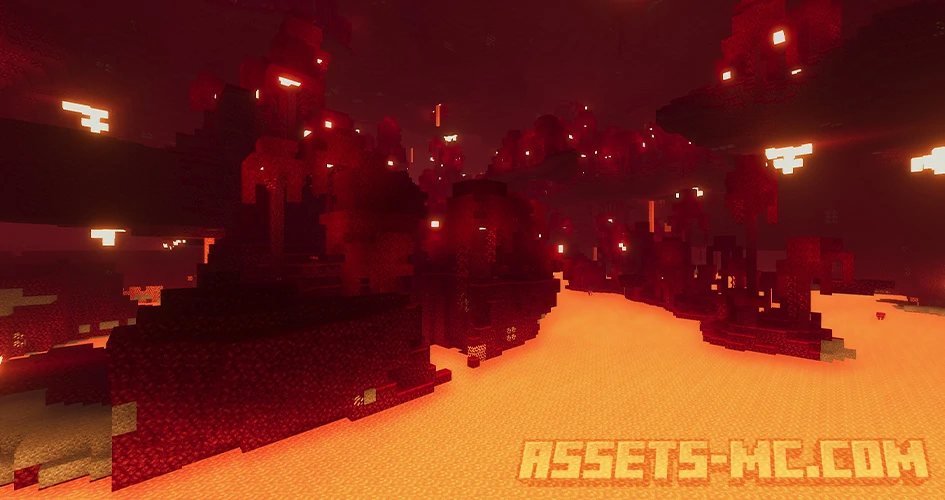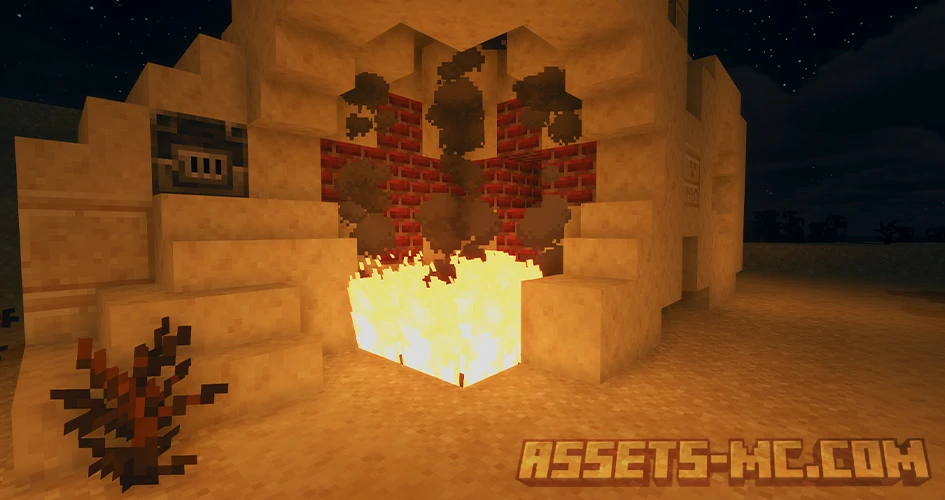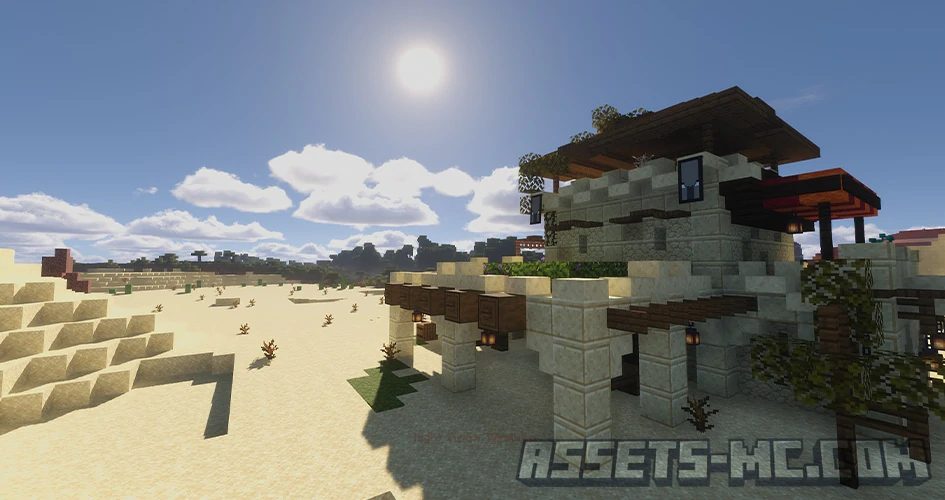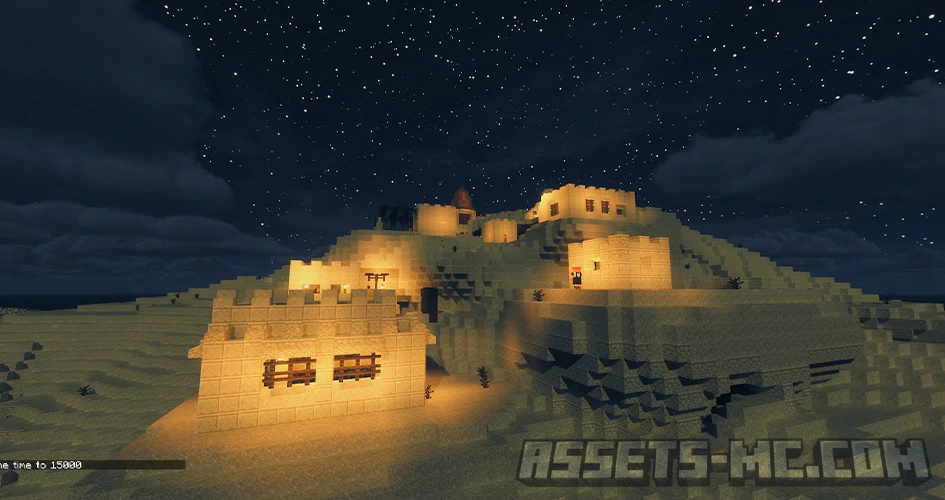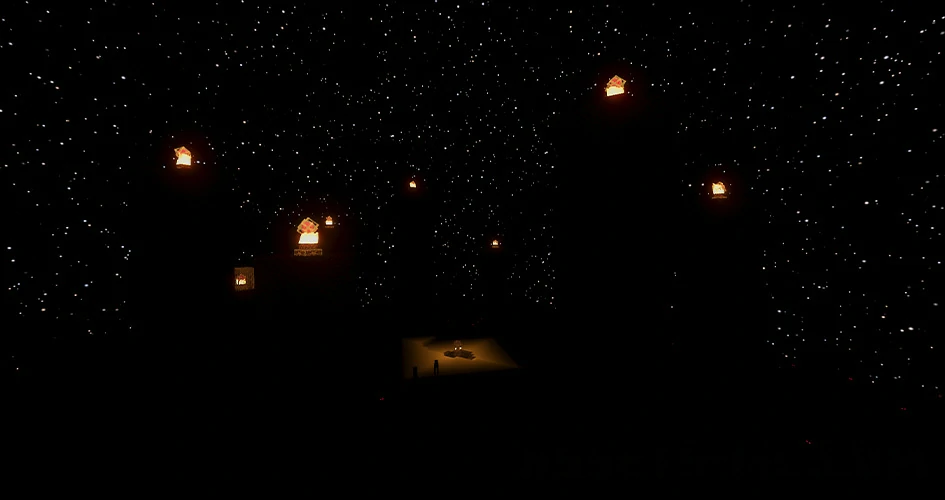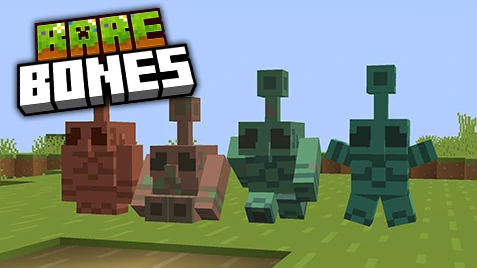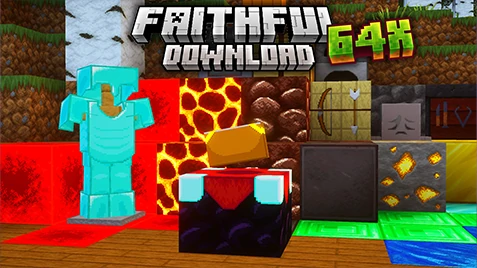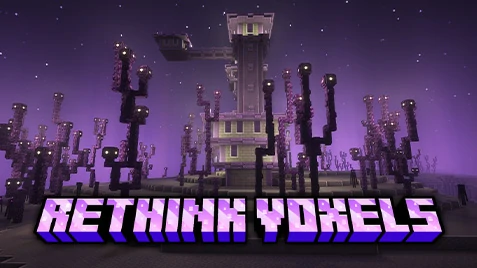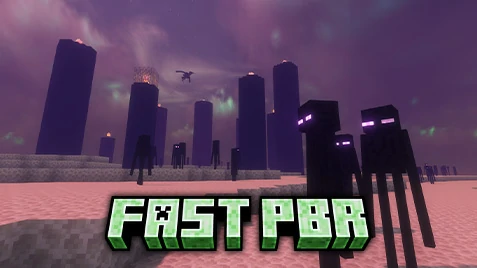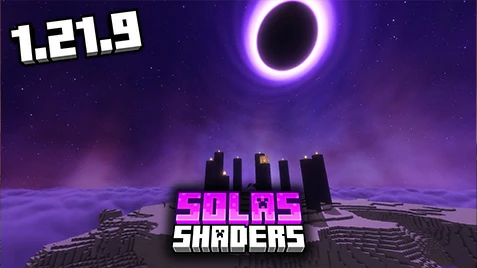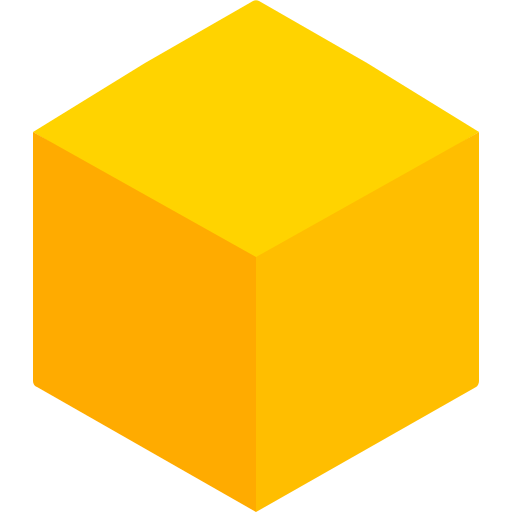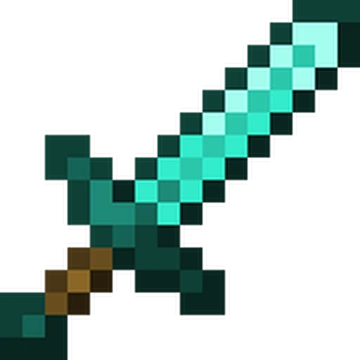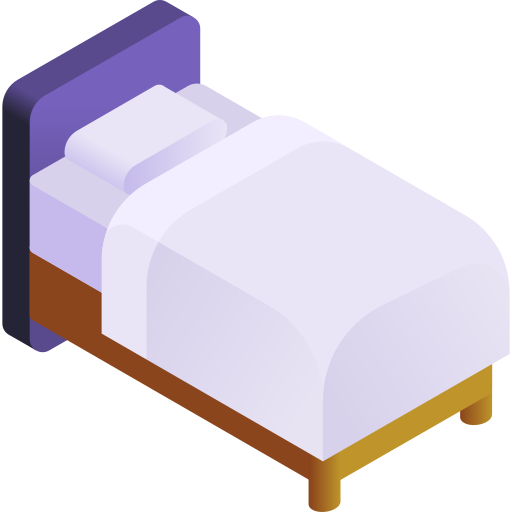Voyager Shaders 1.21.9, 1.21.8 → 1.20 - Free Download
If you’ve spent hours building sprawling castles or trekking across endless biomes in Minecraft, you know how much lighting and ambiance can transform the experience. That’s where Voyager Shaders come in—a shader pack that many players adore for giving Minecraft a moody, cinematic, immersive glow without sacrificing too much performance.
Voyager Shaders deliver cinematic Minecraft shaders vibes, blending realism and stylization in a way that appeals both to builders chasing dramatic visuals and to survival players who crave atmosphere. In this article, we’ll take you through the visual style, features, comparisons, compatibility, and reasons why Voyager Shaders might become your go-to shader pack. Think: immersive lighting Minecraft, realistic shaders for survival, moody shaders Minecraft, atmospheric Minecraft gameplay—and yes, the name “Voyager Shaders” throughout.
Whether you’re exploring caves at midnight or photographing a sunset over your fortress, Voyager Shaders can elevate the game to something truly cinematic.
Before & After Comparison
Compare the appearance of Vanilla Minecraft to Voyager Shaders.
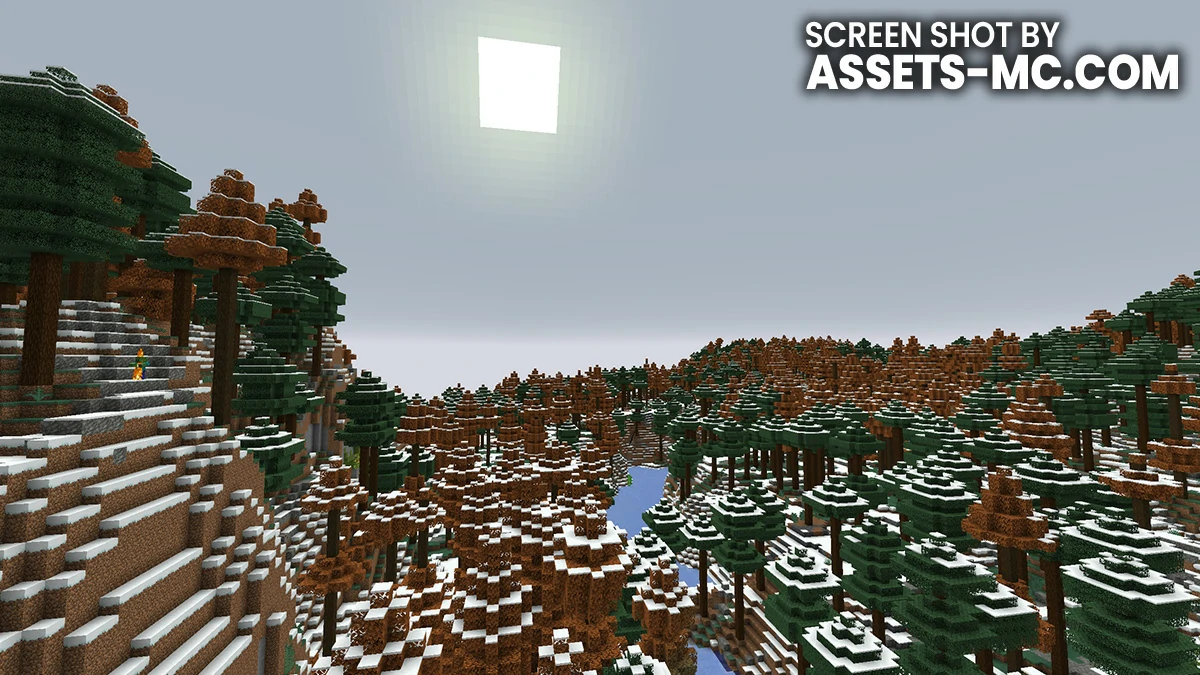
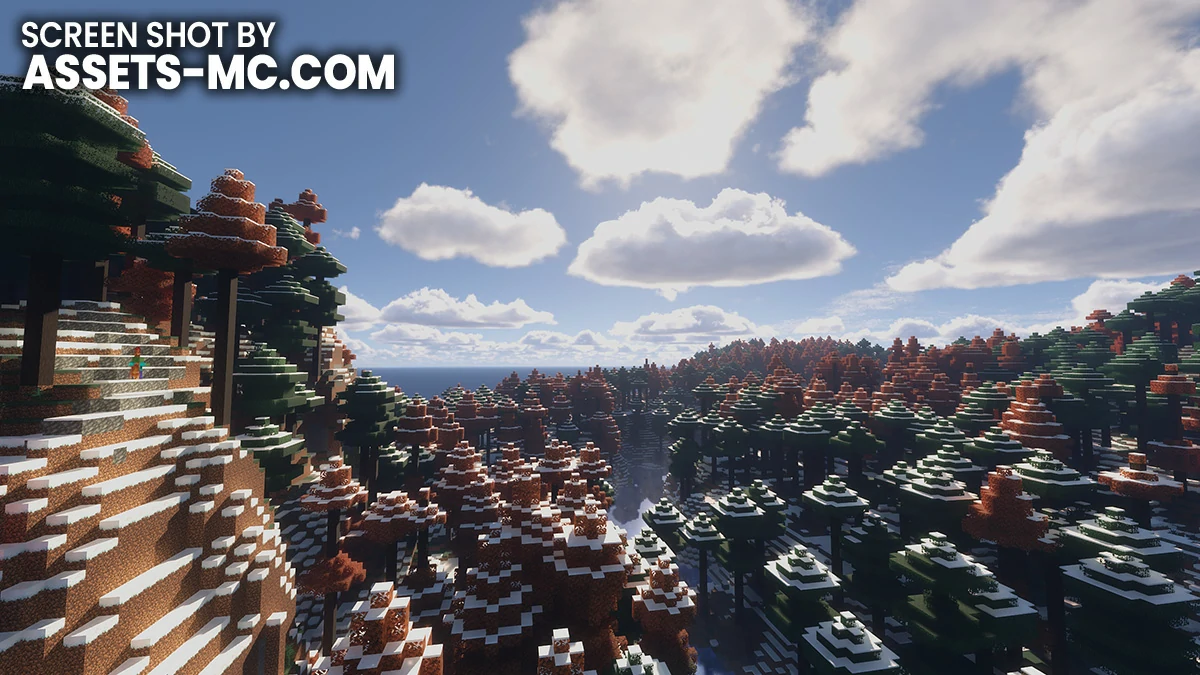
Visual Style: Cinematic Skies, Moody Shadows & Atmospheric Lighting
One of the first things you’ll notice when booting up Minecraft with Voyager Shaders is how it transforms the sky and light. The visual style leans heavily into atmospheric and cinematic elements. Here’s what you’ll see:
Cinematic Skies & Volumetric Clouds
Voyager Shaders features volumetric clouds that drift and billow across the sky, casting subtle shadows over the terrain below. These clouds feel more dynamic, less “flat texture pasted on top” and more like something out of a cinematic engine. The skyboxes, too, are softened and stylized—sunsets glow in deep oranges and pinks, and dawn feels like a real spectacle.
Moody Shadows & Realistic Light Behavior
Voyager applies global illumination, more nuanced shadows, and light scattering to give depth and mood to every scene. Shadows shift realistically with the sun and moon, and dark corners in builds feel richer and heavier. In darker biomes or nighttime, the contrast deepens, giving passageways and forests a cinematic, almost brooding quality.
Glowing Sunsets, Soft Horizons
Sunsets in Voyager almost feel like an art piece: warm glow, lens flares, and smooth gradient transitions between day and night. That gentle fade is part of what gives cinematic Minecraft shaders their allure. Even the moon and stars have more presence—crisper textures, gentle halos, and ambient lighting that spills subtly over terrain.
Fog, Mist & Atmospheric Particles
Another standout is the atmospheric fog, haze, and light shafts (god rays) that punctuate scenes—especially in mountain ranges, forests, or near lakes. This adds depth and gives explorer vibes that feel more than just “blocks with light.” You’ll see mist layers in valleys, dust motes near flickering torches underground, and foggy transitions in rainstorms.
Together, all these elements make for an experience of atmospheric Minecraft gameplay where every sunrise, cave tunnel, or riverbank looks like a scene from a cinematic fantasy.
Comparison: Voyager Shaders vs. BSL, Solas & Lux
No shader discussion is complete without comparing it with popular alternatives. Let’s see where Voyager Shaders shines, and where it trails behind BSL Shaders, Solas, and Lux.
Voyager vs BSL Shaders
BSL Shaders is often praised for being a well-rounded, beautiful shader with good performance. It leans toward a brighter, crisp aesthetic—strong skies, sharp lighting, but less of the brooding shadows and cinematic drama that Voyager pushes.
Visual Mood: Voyager favors moody shadows and dramatic lighting; BSL tends to stay brighter, crisper, and more saturated.
Performance: BSL is generally more forgiving on mid-tier GPUs. Voyager’s volumetric and global illumination features are heavier and can drop frames in complex scenes.
Atmosphere: Voyager wins for darker builds, ambient cave systems, and cinematic silhouette shots. BSL is fantastic for general use and balancing visual flair with performance.
Voyager vs Solas Shaders
Solas is a shader known for stylized realism—it emphasizes color harmony, soft contrast, and elegant simplicity.
Visual Style: Solas leans softer, with light bloom and subtle gradients. It rarely embraces heavy contrast or dramatic shadows. Voyager, by contrast, pushes stronger curves, light scattering, and bold skies.
Customization: Voyager often gives you more granular control over shadows, fog, and volumetric effects. Solas offers a sleek, polished default look with fewer extremes.
Mood & Use Case: If you want a stylized, painterly aesthetic, Solas is lovely. If you want strong cinematic contrast and moody settings (especially in survival), Voyager might outshine it.
Voyager vs Lux Shaders
Lux Shaders is known for its realism-first philosophy—subtle lighting, harmony, realistic shadows, and atmospheric tinting.
Realism vs Cinematic Stylization: Lux leans into naturalism (less stylized exaggeration). Voyager blends realism with cinematic flair—stronger light and shadow drama.
Performance: Lux can be demanding, especially on older hardware, but many users find Voyager slightly more aggressive when fully maxed.
Visual Identity: Voyager’s moody aesthetics, bold sunsets, and volumetric cloud drama set it apart. Lux stays grounded—great for realistic builds, but maybe less striking in cinematic scenes.
Versions INFO
CHECK OUT THESE TEXTURE PACKS
How to Install Voyager Shaders?
- To use Shaders download and Install Shaders Loader like Optifine or Iris.
- Download the Voyager Shaders for Minecraft by clicking proper button bellow.
- Launch Minecraft.
- Click “Options” on the main menu.
- In the options, go to submenu “Video Settings“.
- Then go to submenu ” Shader Packs“
- Click “Open Shader Pack Folder” at the bottom left to see a folder titled “shaderpacks“.
- Put the downloaded ZIP file into your “shaderpacks” folder.
- You will see the shader pack on the list. Unzip the file if you can’t see the pack.
- Hover over the shader pack and click on it.
- Click “Done” and shaders have been loaded.
- Credit for the creation of Fast Voyager Shaders goes to Symbiome67.
- Our website does not host any files directly. All download links are sourced from the original creators. Every pack is carefully checked and guaranteed to be virus-free, providing a safe and secure experience.
- Do you have any feedback to share? Leave a comment and rate the pack to support the creators!
Free Downloads
CHECK OUT THESE SHADER PACKS
Symbiome67
Links
Voyager Shaders FAQ
1. What makes Voyager Shaders unique?
Voyager Shaders stand out for their moody, cinematic lighting, deep shadows, and volumetric effects—offering a darker, more atmospheric vibe than BSL, Solas, or Lux.
2. Are Voyager Shaders good for survival mode?
Yes. They make nights, caves, and weather feel immersive and cinematic, perfect for exploration-focused survival players.
3. Do Voyager Shaders work with OptiFine and Iris?
Yes. They’re compatible with both OptiFine (HD U) and Iris 1.4+ across Minecraft 1.16–1.21.
4. Which texture packs work best with Voyager?
Natural, semi-realistic packs with soft colors and emissive textures pair best for balanced, atmospheric visuals.
